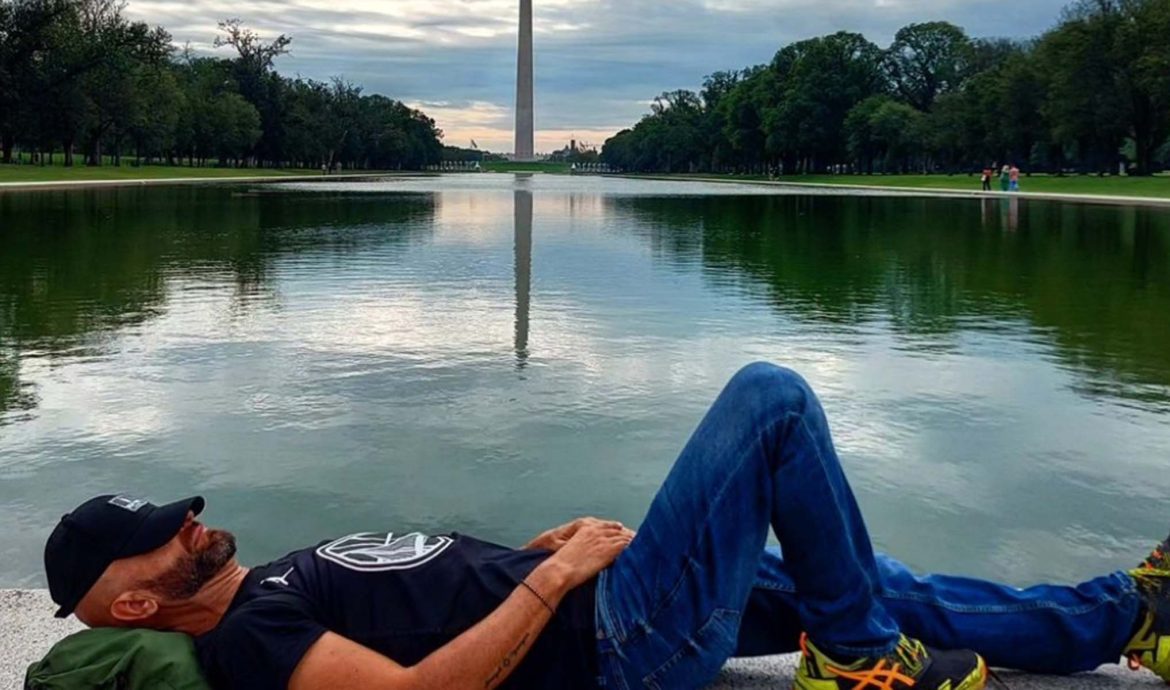
Exploring the White House: Immersing in the Crucible of American Political History
DestinationsThe White House is the official residence and workplace of the President of the United States. It is located at 1600 Pennsylvania Avenue NW, in Washington, D.C. The White House is situated on a prominent piece of land that spans approximately 18 acres in the heart of the nation’s capital.
The building itself is an iconic neoclassical structure, with distinctive white facades made of Virginia-quarried sandstone. It was designed by Irish-born architect James Hoban and has been the residence of every U.S. president since John Adams in 1800. The White House contains several wings, including the West Wing, which houses the Oval Office and offices of the President’s staff, and the East Wing, which includes the First Lady’s office and various public rooms.
Surrounding the White House is the famous White House South Lawn, which serves as a venue for various events, including state arrival ceremonies, and where the presidential helicopter, Marine One, often lands. The North Lawn faces Pennsylvania Avenue and is where the main entrance to the White House is located.
The White House is not only a symbol of American democracy but also serves as the nerve center of the U.S. government. It hosts important meetings, diplomatic receptions, and official state functions. Additionally, it is open for public tours, allowing visitors to explore its historic rooms and learn about its rich history.
This iconic structure stands as a testament to the tapestry of American politics, a living witness to the nation’s triumphs, challenges, and aspirations. Join me on this journey as we embark on a detailed exploration of the White House, unearthing its history, unraveling its secrets, and immersing ourselves in the very essence of American governance.
A Tapestry of Presidents: White House Residents Through the Ages
Walking through the hallowed halls, one encounters a palpable sense of history. From George Washington to Joe Biden, each President has left their mark, shaping the nation’s course within these walls. The portraits and memorabilia offer a vivid narrative of leadership, crises, and triumphs.
Guided Tour: Exploring the White House Experience
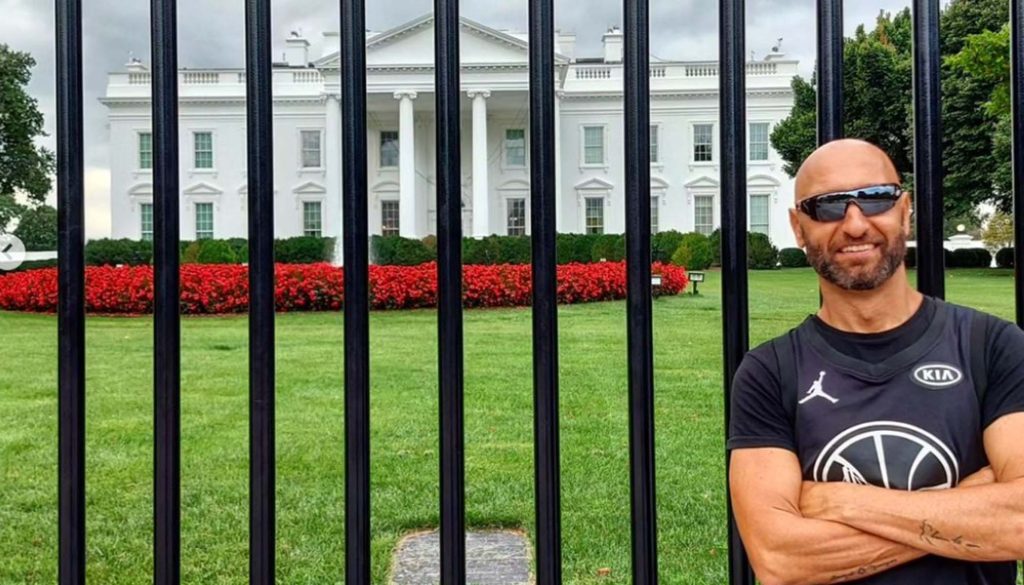
The West Wing: Hub of Presidential Power
The West Wing stands as a symbol of executive authority and pivotal decision-making. Within its walls lies the hallowed Oval Office, where countless historic choices have been made. Visitors are granted access to the Cabinet Room, the Roosevelt Room, and the Press Briefing Room, providing a rare glimpse into the heart of the administration’s operations.
The East Wing: First Lady’s Realm Revealed
Upon entering the East Wing, a distinct atmosphere embraces you. This section of the White House is traditionally dedicated to the First Lady’s endeavors. Don’t miss the serene Jacqueline Kennedy Garden and the White House Rose Garden, where the allure of nature harmonizes with the gravity of political affairs.
An Abundance of Historical Riches: Art and Artifacts
Every room within the White House serves as a repository of artistic and historical treasures. The Green Room, Red Room, and Blue Room are adorned with opulent furnishings and exquisite artworks, each reflecting the diverse tastes and cultural influences of different eras. Explore these spaces to gain a deeper appreciation for the multifaceted history woven into the fabric of the White House.
Personal Reflections: A Blogger’s Journey
I’ll take you through every step of the journey, sharing my personal experiences, thoughts, and the intriguing details that made this visit truly unforgettable.
Ticket Pricing and Reservation:
Before diving into the adventure, let’s talk logistics. To secure a visit to the White House, you’ll need to plan ahead. Tickets are typically free of charge, but they must be requested through your Member of Congress. It’s advisable to submit your request several months in advance due to high demand.
Entering the White House:
Stepping through the security checkpoint and catching the first glimpse of the iconic facade was a surreal moment. The sense of history that enveloped me was palpable. The security process was efficient, ensuring a smooth transition into the heart of American political heritage.
Exploring the East Wing:
The first stop on our journey was the East Wing. This section of the White House is steeped in tradition and elegance. The portraits of past First Ladies, each exuding grace and strength, provided a unique perspective on their contributions to the nation.
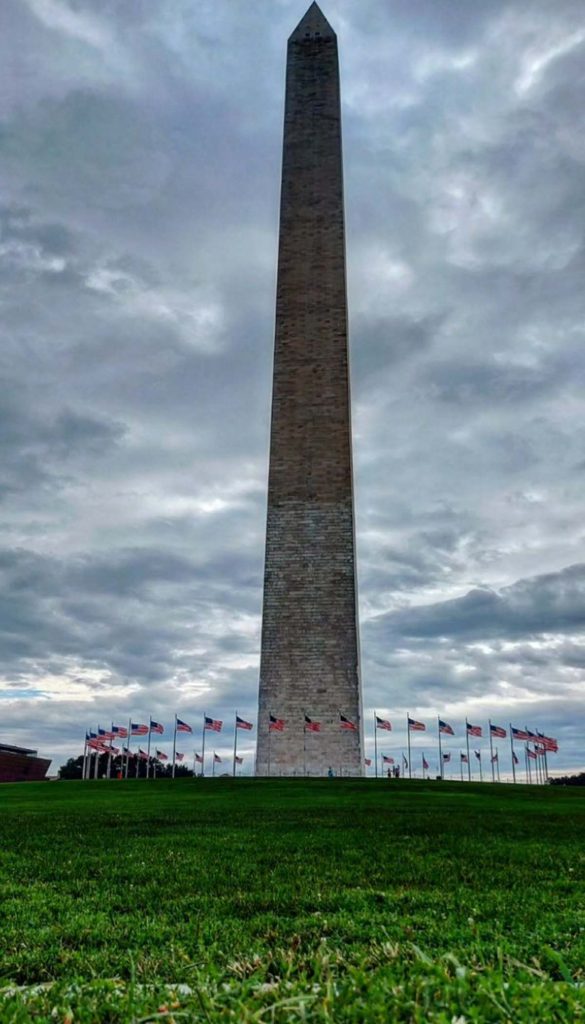
Highlights of the West Wing:
Moving to the West Wing, the hub of presidential power, was a humbling experience. The Oval Office, although not open to the public, radiated a sense of gravity that was almost tangible. Standing in the corridor where pivotal decisions are made, I couldn’t help but feel a deep sense of reverence for the history that has unfolded within those walls.
The Rose Garden:
One of the most picturesque spots in the White House grounds, the Rose Garden was a feast for the senses. The vibrant blooms, meticulously maintained, offered a moment of respite and reflection amidst the grandeur.
Reflections and Emotions:
As I walked through the hallowed halls, I couldn’t shake the feeling of being a part of something much larger than myself. The weight of history bore down on me, and I found myself considering the immense responsibility that comes with governing a nation.
Visiting the White House was a profound experience, one that left an indelible mark on my soul. It’s a place where the past, present, and future converge, reminding us of the enduring spirit of democracy. If you ever have the opportunity, I highly recommend setting aside time to explore this iconic symbol of American governance.
Note: Remember to check the official White House website or contact your Member of Congress for the most up-to-date information on ticketing and visitation procedures.
Conversations with Curators: Insights from Experts
“Conversations with Curators” serves as a valuable component of the White House tour experience. It provides visitors with the opportunity to engage directly with experts who have an in-depth knowledge of the White House’s architecture, history, and its significance as a living museum. Here’s a detailed explanation of why this step is significant:
- Deeper Understanding : Curators are experts in their field and possess a wealth of specialized knowledge about the White House. Engaging with them allows visitors to gain a deeper understanding of the intricacies of the architecture, the historical context of various rooms, and the significance of the artifacts within them.
- Insights and Anecdotes : Curators often share fascinating insights and anecdotes about the White House that may not be readily available in standard guidebooks or informational displays. These stories add a personal and human dimension to the historical facts, making the experience more vivid and memorable.
- Preservation Efforts : Curators are deeply invested in preserving the historical integrity of the White House. They can provide valuable insights into the efforts taken to maintain and protect this national treasure. Understanding the preservation techniques and challenges adds another layer of appreciation for the care and dedication that goes into maintaining the White House.
- Contextualization of Artifacts : The White House is filled with a vast collection of art and historical artifacts. Curators can offer context about the origins, artists, and historical significance of these pieces. This contextualization enriches the visitor’s experience, allowing them to appreciate the artworks on a deeper level.
- Living Museum Experience : The White House is not just a static museum; it’s a living, breathing testament to American history. Curators can shed light on how the White House continues to evolve, how certain rooms are used for official functions, and how the decor may change with each administration. This dynamic aspect of the White House adds a unique dimension to the tour.
- Passion and Expertise : Curators are often passionate about their work and take great pride in their role as stewards of history. Their enthusiasm is contagious, and engaging with them can inspire a deeper appreciation for the historical significance of the White House. “Conversations with Curators” provides visitors with a personalized and enriching experience. It allows them to go beyond surface-level facts and truly immerse themselves in the rich history and cultural significance of the White House. It’s an opportunity to learn from dedicated experts who are committed to preserving and sharing this national treasure for generations to come.
Navigating the Journey: Tips and Recommendations
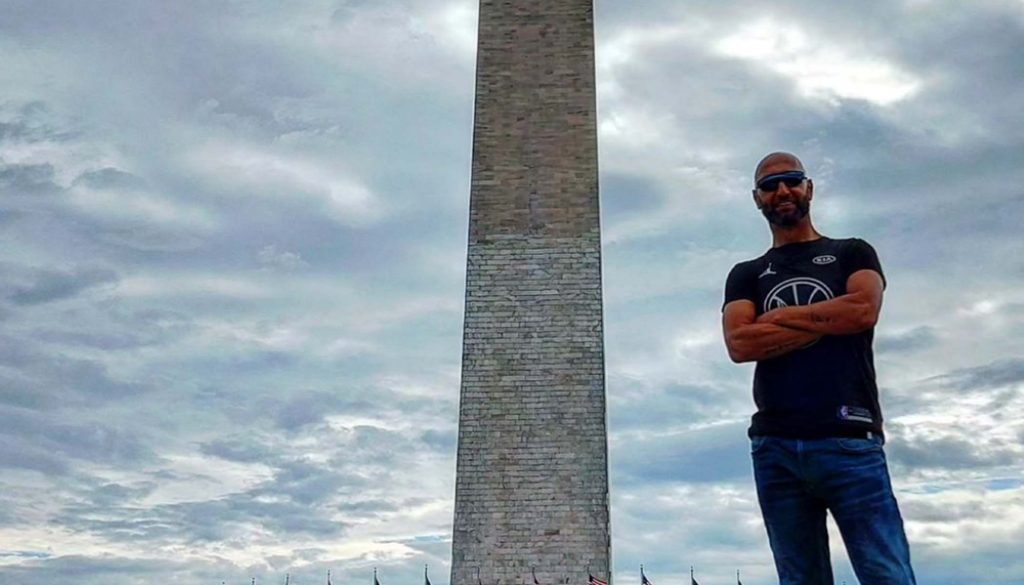
Getting There: A Tale of Two Approaches
Option 1: The Metro Marvel
For a seamless and eco-conscious journey, the Washington Metro is an excellent choice. The Metro’s Blue, Orange, and Silver lines serve the McPherson Square station, placing you within a short walk of the White House.
Option 2: Strolling Through the National Mall
For those seeking a more immersive experience, a leisurely walk through the National Mall provides an opportunity to soak in the ambiance and visit nearby attractions like the Smithsonian museums, enriching the journey.
Timing is Key: Planning Your Visit
While the White House is a year-round attraction, visiting during the spring or fall offers milder weather and a chance to witness the gardens in full bloom. Be sure to check the official website for tour availability and security guidelines.
A Sojourn in the Heart of American Democracy
The White House, more than just a structure, is a living testament to the resilience and evolution of American democracy. To stand on its hallowed grounds is to be enveloped in the echoes of history, to feel the pulse of a nation’s journey. As a travel blogger, this journey has been an odyssey through the annals of power, a pilgrimage to the very crucible of American political history. I leave with a deeper appreciation for the complexities and aspirations that have shaped this great nation.
You may also like
Recent Posts
- Direct Flights from Sydney to Darwin: A Quick Journey to the Northern City
- The Ultimate Guide to Choosing the Perfect Hiking Boots: Gear Up for Your Adventure with Scheels
- Unmissable Darwin Sunsets: Beautiful Moments Along the Coastline
- Gear Up for Adventure: Essential Women’s Hiking Apparel for Every Trial, Available at Scheels
- Nighttime in Darwin’s Food Streets: Must-Try Local Delights
About me & the blog
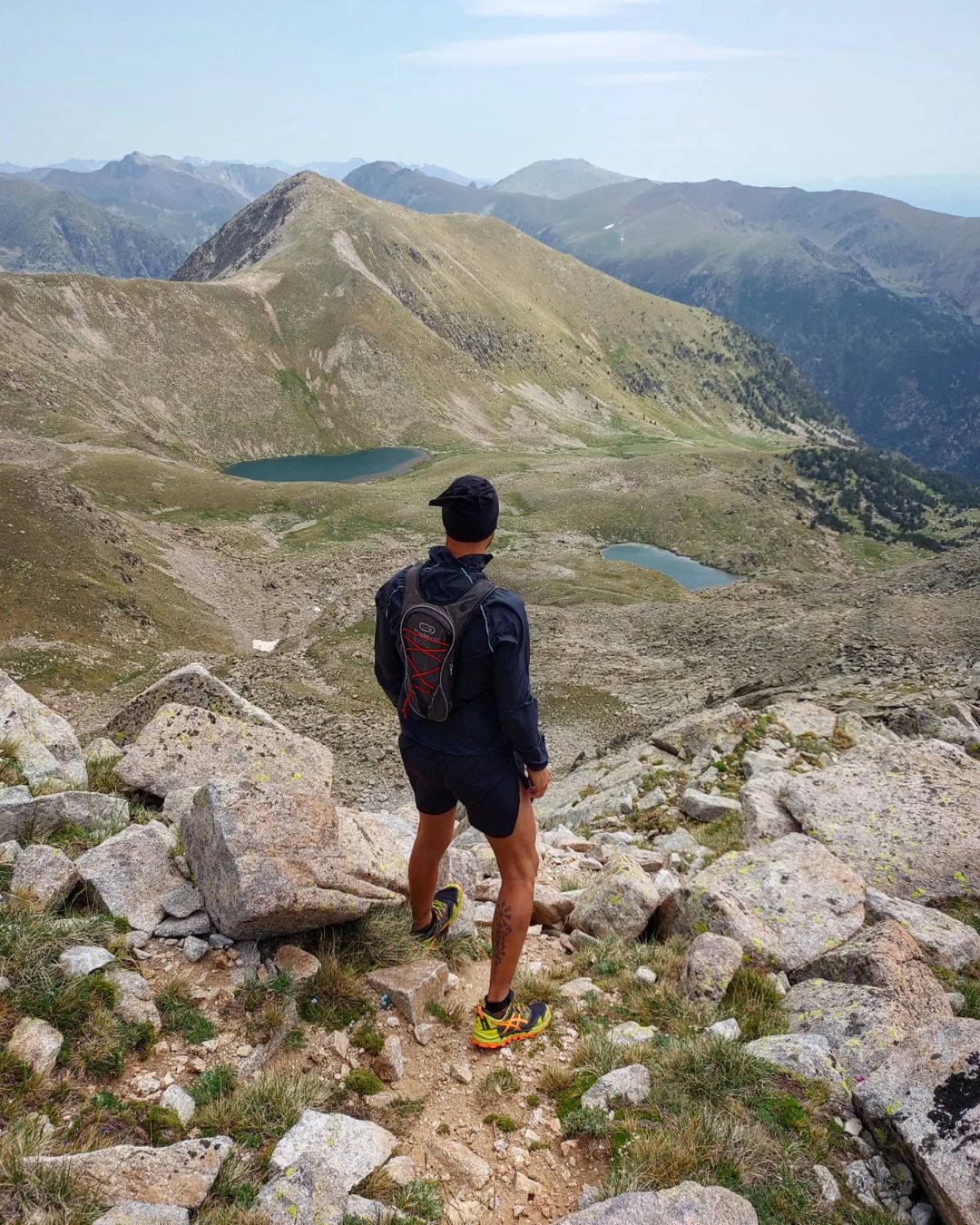
I am Slavoljub Vukovic, a former professional basketball coach who now works full-time in the travel blogging industry, while also pursuing a career as a freelance photographer.
On the blog, I share detailed hiking travel guides and hiking routes in various countries, including important tips and essential items lists.


Leave a Reply